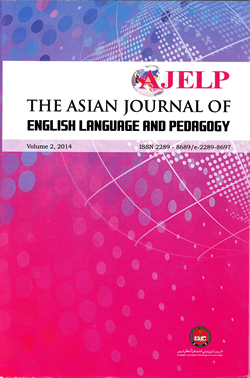Diversity of False Beginners in Japanese Universities: Technology Majors and Management Majors
Keywords:
SLA, false beginners, cognitive load, remedial education, university reformAbstract
The goal of Prime Minister Abe administration’s university reform, under its growth strategy, is to enhance diversity within Japanese universities. The aim is to create innovative research and to nurture global human resources. However, the administration lost sight of a different aspect of diversity in Japanese universities: decreasing academic quality of the students. This negative aspect is said to have stemmed from the decreasing of Japan’s young adult population and increases in private universities and Japan’s current economic slump. English education in Japanese universities faces the following contextual duality. On the one hand, students learning both English and content simultaneously can proceed into global job market; on the other hand, false beginners are in need of remedial education. The authors would like to discuss students’ differences in their cognitive development. Some false beginners cannot endure English grammar learning because their cognitive load seems to overtax their limited working memory. In our research, three quizzes with different load levels were given to two different groups of college students at two universities. The results of these students were closely examined. By comparing the results of the two different majors, the authors would like to explain the diversity of false beginners in relation to their contexts such as their curricula of English language courses, and educational goals.





